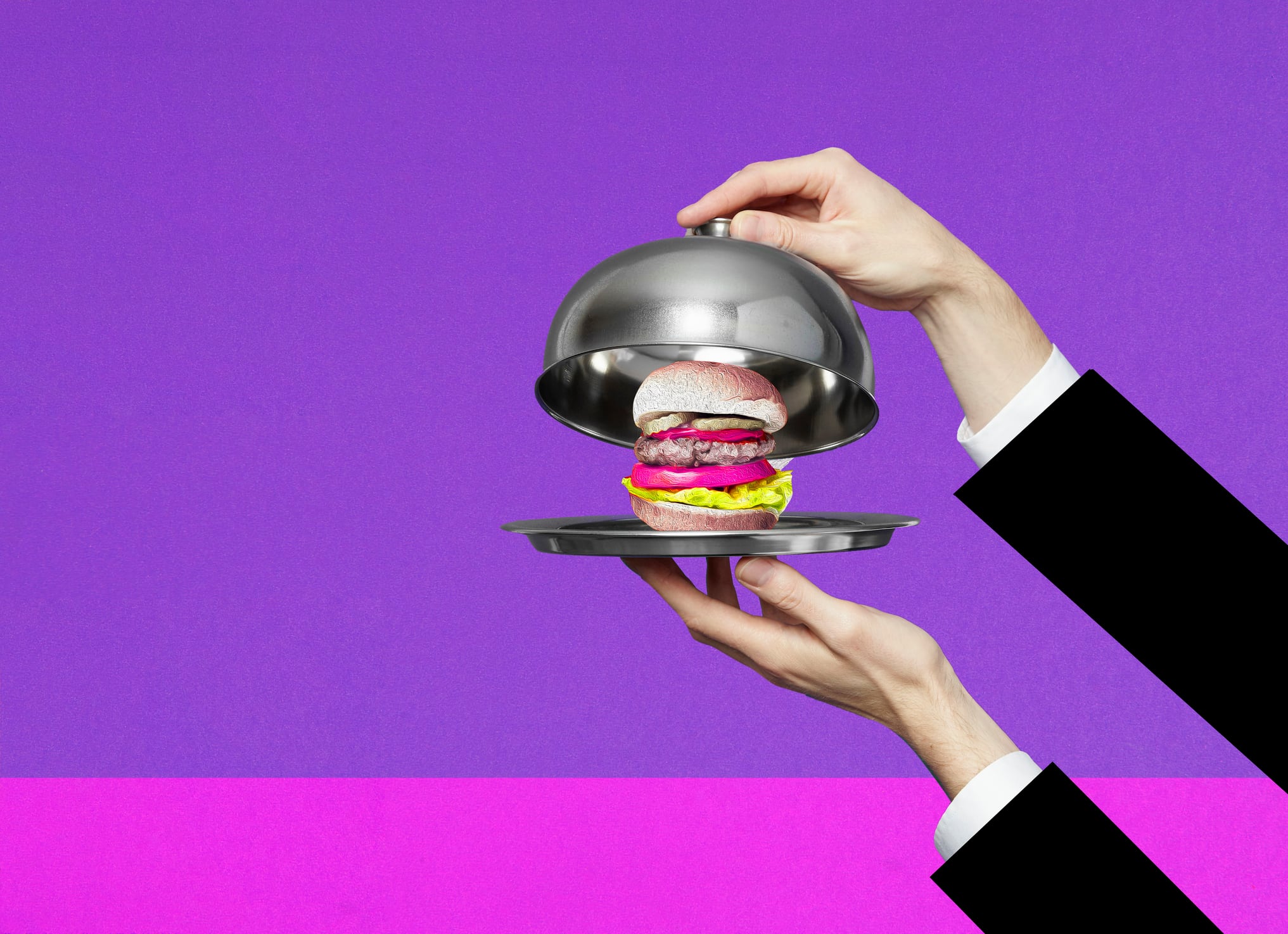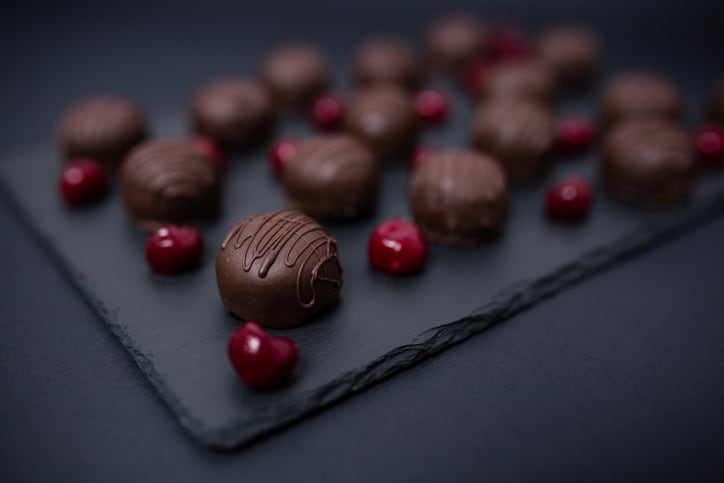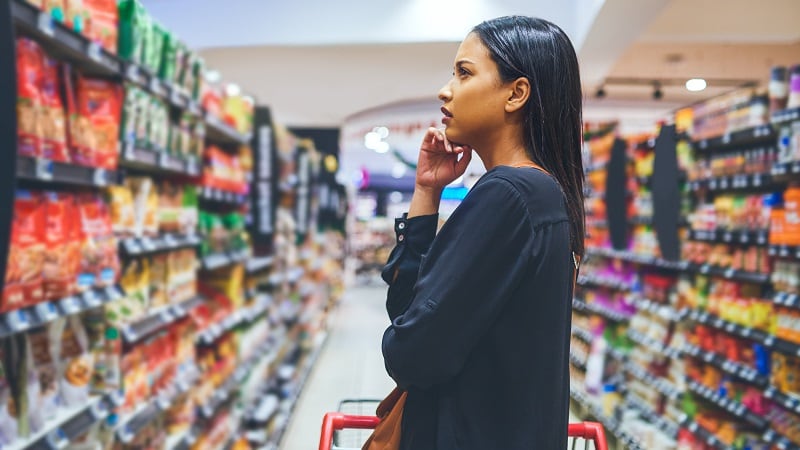Once synonymous with rare ingredients, artisanal methods or wellness-driven formulations, “premium” food today increasingly is defined by ease and immediacy, according to experts.
Convenience is an attribute of premium quality, with nearly 20% of consumers recognizing its value — and 62% willing to pay more for it, according to a recent Hartman Group study.
For food and beverage brands, this marks a pivotal shift. Premiumization is not just about nutrition or origin stories anymore – it is about meeting consumers where they are: in busy lives, digital feeds and scattered usage occasions.
When prestige becomes performance
As food brands experiment with what ultra-premium looks like – from the viral $19.99 Elly Amai strawberries to $20 Erewhon smoothies – many of these high-priced offerings are configured for more than just margin. Rather, these products serve as performance pieces that drive foot traffic and internet virality, and even lift entire product categories, according to Micaela Schuffman, founder and CEO of Symbiotic PR.
“Shock value is a massive part of the equation here,” Schuffman said. “The $19.99 strawberry is not just about the product itself but the conversation it generates. TikTok and social media have become a live, ongoing review section where influencers and content creators do not just weigh in; they monetize and build entire content ecosystems around these products. That visibility fuels curiosity, which then fuels demand.”
She points to the Dubai chocolate trend – initially a niche luxury pistachio and kadayif (shredded phyllo) chocolate bar that is now being recreated by Etsy sellers and indie brands – emphasizing that shock and spectacle can expand competition, not just individual sales.
“These ultra-premium items introduce consumers to a category they may not have considered before, opening doors for future purchases at different price points,” said Schuffman.
Can premiumization anchor the category?
Beyond the sticker shock, ultra-premium products can serve a strategic function: acting as price and quality anchors that influence consumer perception across a category.
“Many companies forget that price is a major signaling factor of brand,” said Reilly Newman, founder of branding agency Motif Brands. “A $19.99 strawberry not only intrigues but makes one think that perhaps it does taste better or is farmed more properly. This also benefits other strawberry brands on the shelves by anchoring the price much higher than normal prices.”
Newman views these offerings as potential category catalysts – even if only a few of the ultra-premium items actually sell, their presence elevates the perceived value of everything around them. In some cases, this may be a calculated play by brands or retailers, Newman suggests.
“Some retailers may even place these types of products as decoys to attract foot traffic and anchor their pricing as a grocery brand and perception,” Newman added.
Experience over frequency
Consumers’ diverse usage occasions are driven by more than taste or quality alone, but also by status, novelty and entertainment, Michael Della Penna, chief strategy officer at data marketing firm InMarket, explained. Think $20 Erewhon smoothies, gold-dusted pastries, or caviar on chicken nuggets. These products are less about weekly staples and more about moments of indulgence, he added.
“Ultra-premium food products should be viewed as another facet of the luxury market, just like we think of luxury retail, exotic car brands and even high-end Michelin Star dining experiences,” Della Penna said.
He noted that while high-income consumers may consistently purchase luxury food, viral-driven segments – those chasing novelty or social capital – can boost demand that ripple across channels.
“Looking at the motivations, there may be those driven by the ‘wow’ factor or the excitement around trying a premium product that might be gaining viral traction on social media,” he said.
Della Penna continued: “That group certainly won’t make the same purchase frequently, but they are willing to pay more for unique, one-off experiences.”
He emphasized that marketers should move beyond traditional demographic targeting and instead focus on the psychographics (i.e. attitudes, beliefs, lifestyle choices, etc.) and motivations behind premium purchases.
“The creation and availability of these new products highlight the importance of moving beyond the ‘who’” to “understand the ‘why’ consumers shop,” he added.
Premium with a purpose – or just a stunt?
As more brands lean into this dynamic, the question becomes whether these offerings can sustain demand – or if they fade once the excitement wears off. For Schuffman, the answer lies in delivering value through experience.
“People justify the price if a product can deliver a genuine ‘wow’ factor – whether that is in taste, aesthetics or exclusivity,” said Schuffman. “But if it is purely hype? It is a one-time stunt.”




